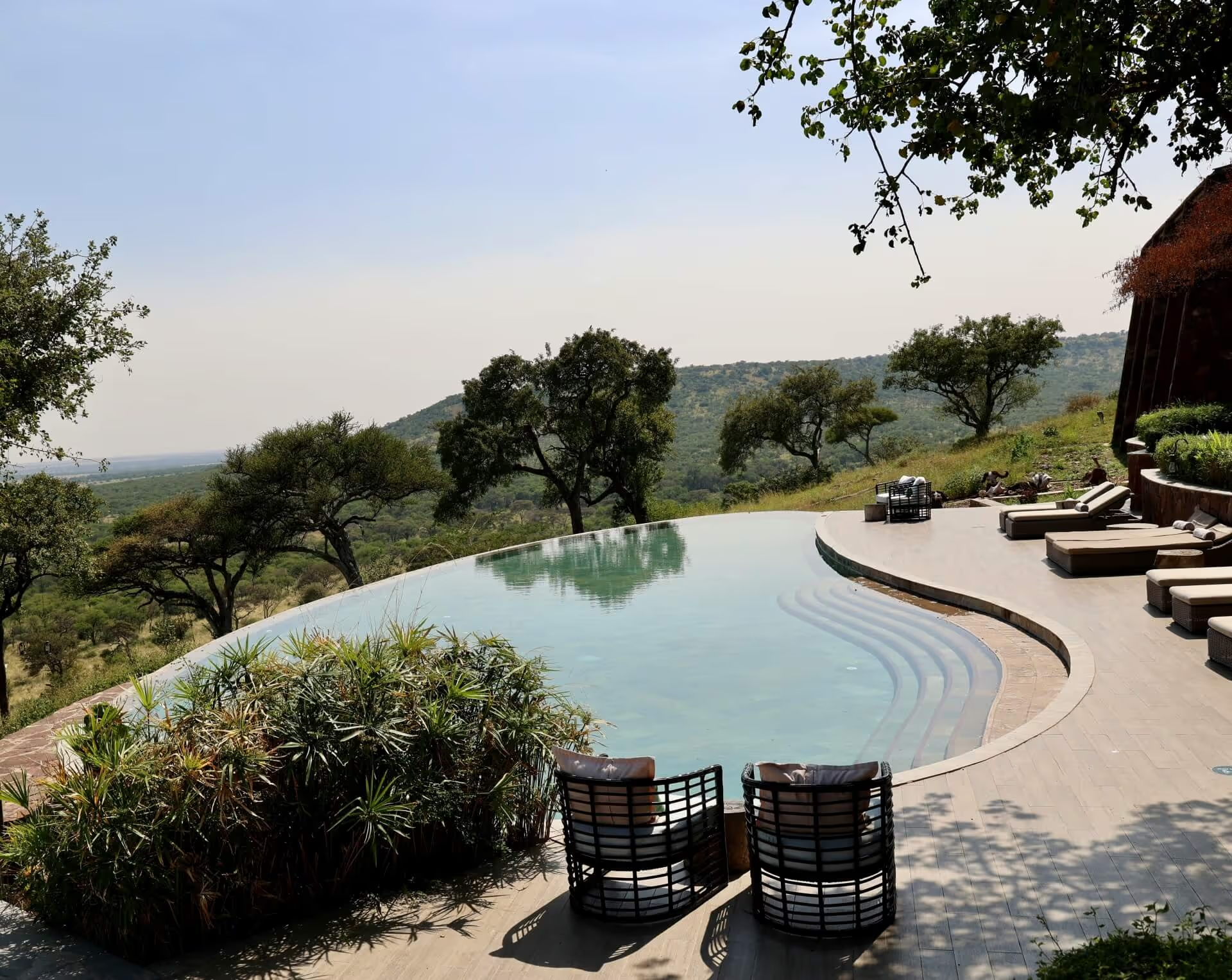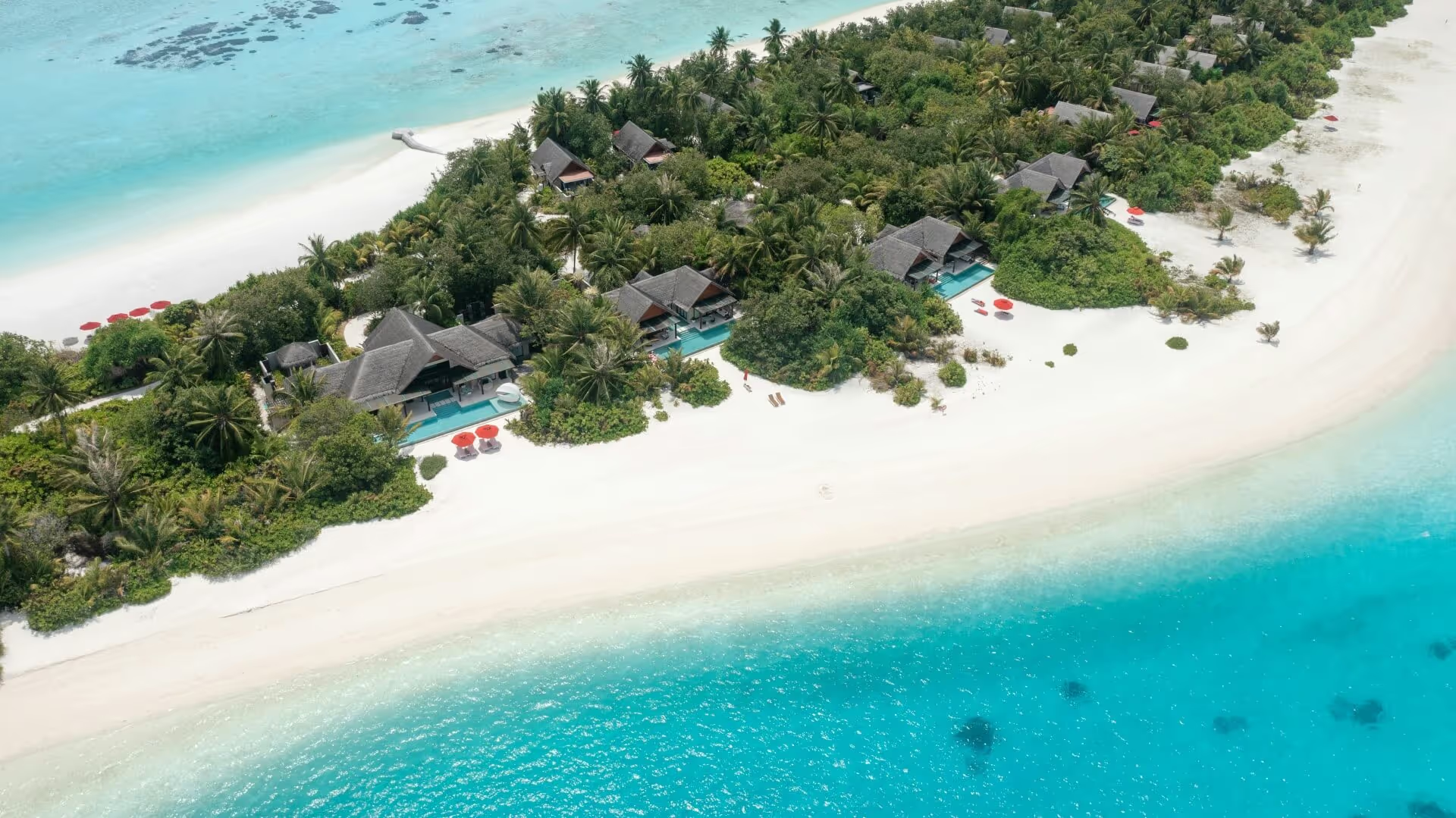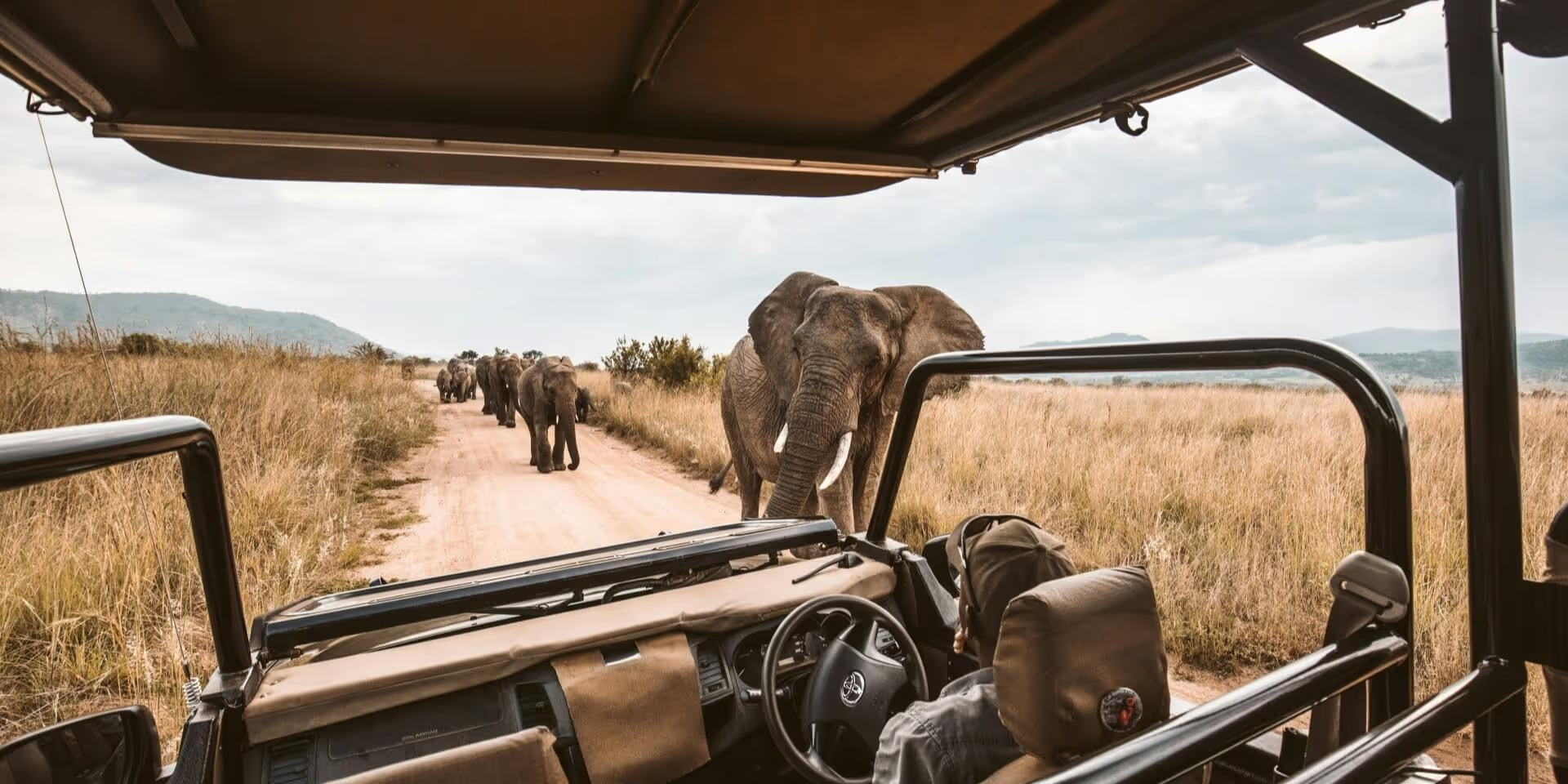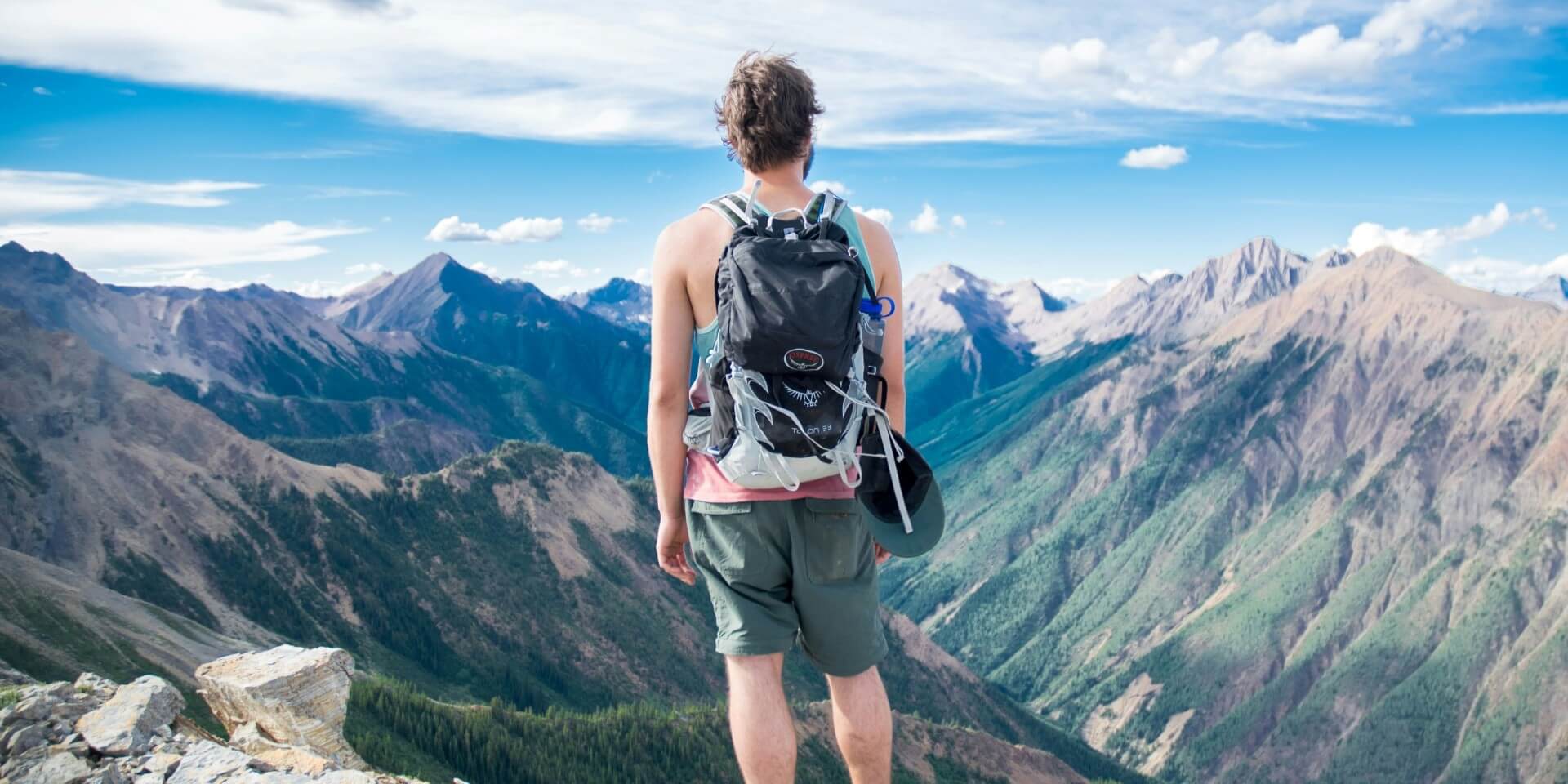Travel is all about experiences. And, since your website is probably the first contact a potential client will have with your luxury travel brand, it should reflect the experiences you offer.
For luxury brands, that means creating a website that is high-end and shows the richness, exclusivity, and detail of your experiences. A static site with basic itineraries or generic imagery no longer satisfies this audience.
Here are the top 10 ways you can create a website that is as experiential as your products and destinations:
1. Rich media
High-quality imagery and video are essential for communicating the essence of luxury travel. Professional photography, cinematic video tours, and 360-degree views of lodges, resorts, or destinations allow users to visualise themselves in the experience.
However, rich media comes with potential risks. Large files and unoptimised content can slow down your website, frustrating visitors and undermining the perception of your brand’s quality. You can prevent this by:
- Optimising images and videos: Compress files without losing quality. Use modern formats like WebP for images and H.264 or H.265 for video.
- Implementing lazy loading: Load media as users scroll, reducing initial load times.
- Using content delivery networks (CDNs): Serve media from servers closest to the user to improve speed globally.
- Prioritising above-the-fold content: Ensure the first screen loads instantly, giving users immediate engagement while heavier media loads in the background.
Top tip: You can find out more ideas on how to sell a luxury experience and not just a destination here.
2. Interactions
Interactivity can go a long way to creating a dynamic experience for the user. By allowing users to interact with your content – rather than just reading – you help them visualise their journey and feel more connected to your brand.
Key interactive elements include:
- Custom-designed interactive maps: Let travellers explore destinations, lodges, or safari routes in a visually compelling way. Maps can highlight key attractions, local experiences, or unique features of your itineraries.
- Route planners and journey visualisations: Show the flow of multi-day trips, cruises, or safari experiences, helping users understand how the journey unfolds. Visual cues like icons, timelines, or animated paths make planning intuitive and engaging.
- “Explore by interest” overlays: Enable visitors to filter experiences by themes such as wellness, adventure, cultural immersion, or gastronomy. This helps users quickly find what suits them, creating a sense of personalisation.
- Virtual tours and AR integration: Allow potential clients to really get a feel for a place through 360-degree virtual tours or augmented reality previews.

But, while interactive features enhance engagement, they can also introduce friction if not implemented carefully. Interactions that are too large or too difficult to use can slow down page load times, frustrate visitors, and even harm search engine rankings.
To prevent this:
- Optimise media and scripts for fast loading, including compressed images and lazy-loading techniques.
- Use modern CMS platforms like Webflow that can handle rich interactivity efficiently without sacrificing performance.
- Test interactions across devices and connection speeds to ensure smooth functionality for all users.
- Prioritise essential interactions first, with optional extras that enhance the experience but don’t block access to core content.
Curious about other mistakes you might be making on your website? Read our insights on “The 6 most common website mistakes luxury travel brands make – and how to fix them”.
3. Personalisation
True personalisation in luxury travel goes far beyond inserting a client’s first name into an email. High-net-worth travellers expect experiences tailored to their tastes, preferences, and lifestyle at every stage of their journey, and your website is a critical touchpoint to convey this level of attentiveness.
- Dynamic content delivery: This allows your site to present highly relevant options based on past interactions, user behaviour, or even their current location. For example, if a visitor has spent time exploring safari packages, your site could subtly highlight new safari experiences or related adventures, guiding them toward what is most meaningful.
- Preference centres and quizzes: These can provide an interactive way for travellers to explicitly share their interests, travel style, budget, and desired experiences. This data can then be used to tailor content and recommendations across the website, making every interaction feel considered and bespoke.
- AI-powered recommendations: These take personalisation further, using algorithms to analyse user behaviour and suggest destinations, accommodations, and activities that align with inferred tastes. Unlike static filters, these tools anticipate preferences, creating a predictive experience that feels intuitive and thoughtful.
- “Build your own journey” tools: These empower users to explore hypothetical itineraries by combining destinations, experiences, and accommodations in a drag-and-drop interface. Real-time feedback on feasibility, timing, and estimated costs enhances engagement, while a seamless connection to a travel advisor ensures these bespoke journeys can be refined into reality.
Of course, while advanced personalisation can elevate the luxury experience, there is a risk of it feeling overly automated or “computer-generated”, which can alienate high-net-worth travellers. Generic AI-driven suggestions or too-frequent pop-ups can make the experience feel impersonal rather than bespoke.
To prevent this, balance automation with human oversight: incorporate curated content and expert recommendations alongside AI-driven suggestions, and use subtle, thoughtful prompts rather than intrusive notifications.
4. Content management systems (CMS)
A flexible CMS is vital for maintaining an up-to-date, visually engaging, and interactive site. This is where a platform like Webflow CMS shines for luxury travel. With Webflow, you get:
- Design freedom: Webflow allows for pixel-perfect design and complex layouts without the need for extensive coding. This means your designers can bring truly unique and branded experiences to life, unhindered by template limitations.
- Powerful content management: The CMS is incredibly flexible, allowing you to easily manage and structure all your rich media, destination guides, itinerary details, and blog content. This is crucial for keeping your experiential content fresh and dynamic.
- Scalability for growth: As your offerings expand and new destinations are added, Webflow CMS can scale effortlessly, ensuring your website remains performant and easy to update.
- SEO advantages: A well-structured Webflow site, combined with robust content, naturally performs well in search engines, bringing more discerning travellers to your digital doorstep.
- Collaborative workflow: Webflow facilitates collaboration between designers, developers, and content creators, streamlining the process of creating and maintaining a sophisticated luxury travel website.

5. Navigation and user experience (UX)
Even the most visually stunning website can fail if the user journey is confusing. For luxury travellers, navigation should feel effortless and intuitive. Thoughtful UX design ensures visitors can explore curated experiences without friction, discovering what appeals to them while feeling in control of their journey.
- Guided exploration: A thoughtfully structured navigation helps users discover curated journeys without feeling lost. Rather than a simple list of destinations, menus should categorise experiences by travel style, passions, or curated themes, enabling visitors to find what resonates with their interests quickly.
- Intuitive interactions: We’ve already discussed the potential value of interactions. But these will also form part of your UX design. Whetehr you are using large-form interactions or microinteractions like subtle animations, smooth transitions, or visual feedback on selections, these can create a sense of quality and reinforce that the website has been crafted with care.
- Clear, contextual calls to action (CTAs): CTAs should guide users naturally toward the next step, whether it’s enquiring, booking, or exploring more content. Luxury websites succeed when CTAs are helpful and contextually relevant, rather than interruptive or overly sales-driven.
- Performance and accessibility: Seamless UX also depends on speed, responsiveness, and accessibility. Slow-loading pages, cluttered layouts, or poor mobile experiences can quickly undermine credibility, even if the content and visuals are exceptional. Optimising image sizes, implementing efficient code, and designing for mobile-first interactions are essential practices.
Platforms like Webflow allow luxury travel brands to combine rich design with smooth performance. Its visual CMS, responsive design controls, and ability to integrate animations and dynamic content ensure that every aspect of the site, from navigation and page flow to interactive elements, feels polished and deliberate. This creates an immersive digital journey that aligns with the exclusivity and sophistication of the experiences being offered.
Curious how your website can make luxury travellers feel the experience before they even arrive? Contact Boost brands today. We’ll help you explore these and other top website strategies.




